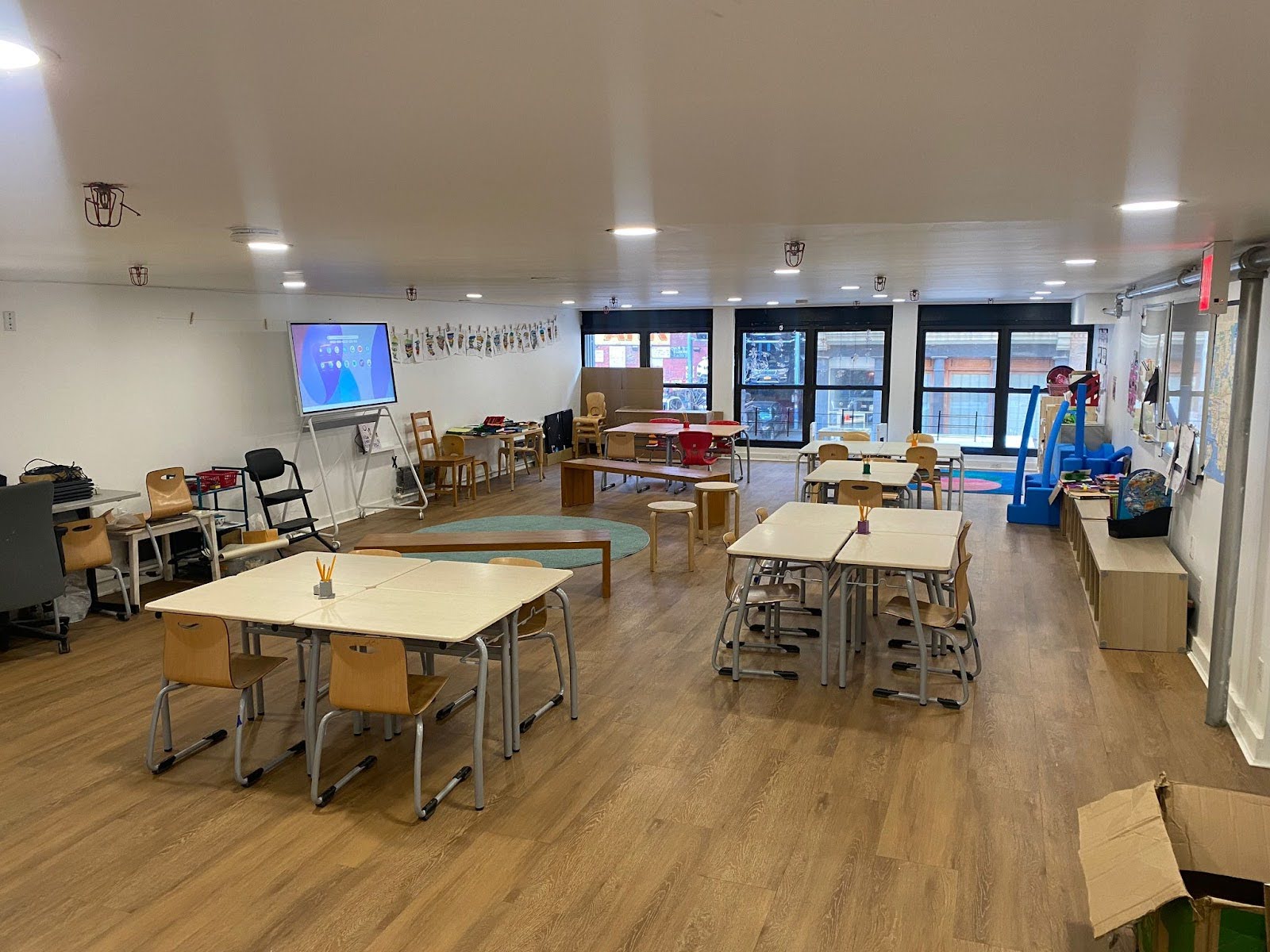The IB Curriculum: The Secret to Dual Immersion Success
April 15th, 2023

Introduction
Traditional bilingual programs often focus solely on language acquisition but fail to integrate language learning with other academic subjects. While these programs may enhance proficiency, they do not always encourage critical thinking or active application of language skills. The International Baccalaureate (IB) Bilingual Program takes a more holistic approach, combining language proficiency with interdisciplinary learning. This ensures that students develop both their linguistic and cognitive skills.
In this article, we will dive into why IB programs are a more effective approach to bilingual education.
Why Dual Immersion Alone Isn’t Enough
Many traditional dual immersion programs emphasize fluency in a second language but do not integrate it meaningfully into the broader curriculum. As a result, students may develop passive language skills without the ability to apply them critically in various academic and real-world settings. Without interdisciplinary connections, bilingual learning remains superficial, limiting the development of problem-solving skills, creativity, and cultural understanding. This lack of application across subjects prevents students from fully leveraging their language skills in diverse, real-world contexts.
The Power of the Transdisciplinary Method in Language Learning
IB’s transdisciplinary approach goes beyond memorization and isolated language exercises. Instead, language is embedded across all subjects, ensuring students engage with complex themes and apply their language skills in meaningful contexts. This method:
- Encourages students to explore real-world issues using multiple languages as tools for inquiry.
- Promotes cross-subject collaboration, integrating language learning into science, mathematics, social studies, and the arts.
- Strengthens communication skills by requiring students to articulate ideas across different disciplines, reinforcing both subject matter understanding and language proficiency.
Engaging the Whole Brain: Cognitive Benefits of IB’s Language Approach
Bilingual education in an IB setting is not just about mastering a second language – it enhances cognitive development in several key ways, fostering skills that are essential in both academic and real-world scenarios.
- Strengthened Brain Function – Inquiry-driven learning in multiple languages challenges students to think more flexibly and problem-solve effectively. This adaptability helps students process information more efficiently and apply their knowledge across various contexts.
- Deeper Analytical Skills – Concept-based learning improves reasoning and comprehension, allowing students to make connections between subjects and ideas for a better understanding of the surrounding environment. This broader understanding encourages critical thinking and enables students to draw insightful conclusions about the world around them.
- Improves Cognitive Flexibility and Memory – The ability to switch between languages and tasks strengthens mental flexibility, supporting neuroplasticity—the brain’s ability to reorganize and adapt to new information. This allows bilingual students to more easily adjust to new challenges, improve their multitasking abilities, and strengthen their problem-solving and decision-making skills.
Conclusion
The IB approach to bilingual education goes beyond language proficiency to create a well-rounded, globally-minded individual. By integrating language learning with critical thinking, interdisciplinary study, and real-world application, IB students become adaptable, culturally aware, and prepared to succeed in multilingual environments. Through this comprehensive method, graduates emerge as confident communicators and problem solvers, ready to navigate an increasingly interconnected world.